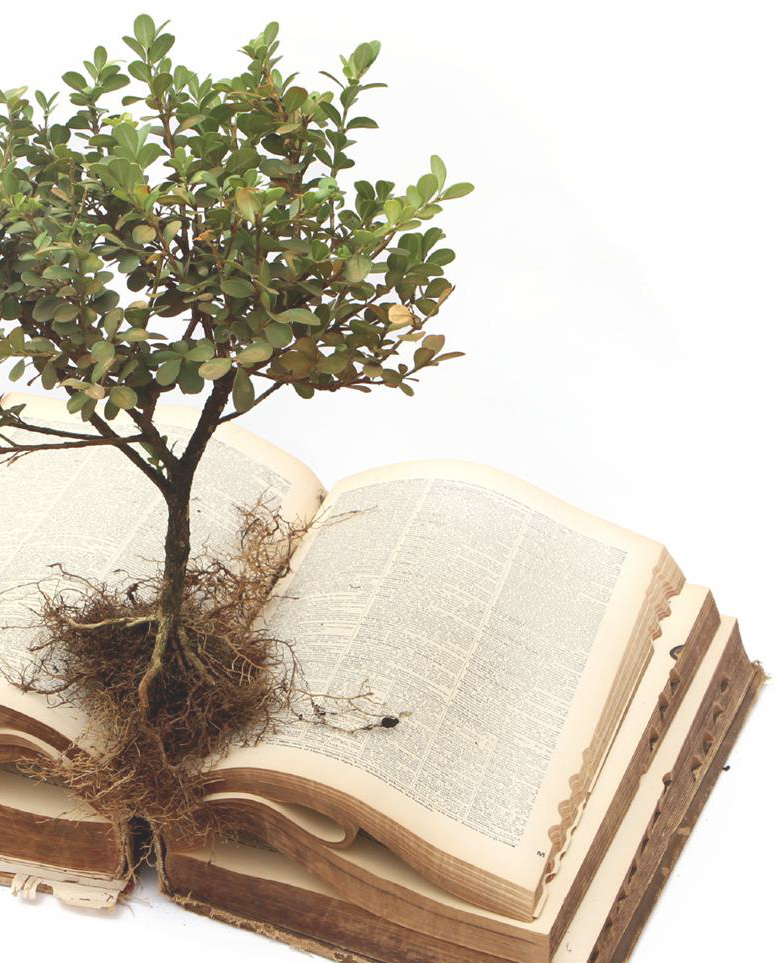

Aaron J. Powner, M.Ed.
High School Science Teacher
![]() You Are Here | home › courses › biology › introduction to plants
You Are Here | home › courses › biology › introduction to plants
Physical Traits Common to Plants
cell walls composed of cellulose (cell plate formation during mitosis)
photosynthetic tissues (chlorophyll)
organs that anchor the organism
food stored as starch
Image - general anatomy of plant tissues
Types of Plant Life
Image - visual plant classification
Division Bryophyta
Division Anthocerophyta
Division Hepaticophyta
Division Lycophyta
Division Pterophyta
Vascular Seed Plants
Division Ginkgophyta - Tree, Leaves
Division Coniferophyta - Tree, Needles and Cones
Division Anthophyta - flowering plant diversity
Cuticle - waxy coating on leaves and other tissues (plant lipid) that prevents water loss
Stomata - openings on underside of leaves which can open and close to allow CO2 in but prevent water loss
Vascular Tissues - xylem tubes (water drawn up to leaves via transpiration) and phloem (sap moves toward roots)
Reproductive Strategies
Asexual - a peice of a plant can break off and become a new plant (no change in DNA codes)
Sexual - haploid gametes combine genetic information from male and female tissues to produce a new offspring (DNA codes are randomly mixed)
Spore versus Seeds
Spores must land in water or moist soil a new plant to grow (water is a limiting factor)
Seeds contain fertilized plant embryos, food and water, and a waterproof coating (analogous to amniotic eggs in purpose). This is an adaptation that allows these plants to migrate (distribute) further inland than spore-bearing plants.
Plants have a life cycle that includes two adult forms. Reproduction requires two steps/stages to produce a new generation of offspring.
Gametophyte - haploid adult that produces the gamete sex cells
Sporophyte - diploid adult that produces spores/seeds
Plant Life Cycle Movie | YouTube Link
Life Cycle of Flowering Plants
Annuals - sprouts from seed, grows, produces new seeds and dies within one growing season. Examples include common garden plants and many food crops.
Biennials - life spans two years; first year production of leaves and root system; second year stems, leaves, flowers, and seeds grow and are distributed, then plant dies. Many develop tuberous root stores of energy (carrots, beets, turnips)
Perenials - lives for several years and produces flowers and seeds yearly. Some drop leaves each autum, while others die back to roots and regrow each spring. Examples include fruit and shade trees, irises, peonies, roses, and many types of berries.